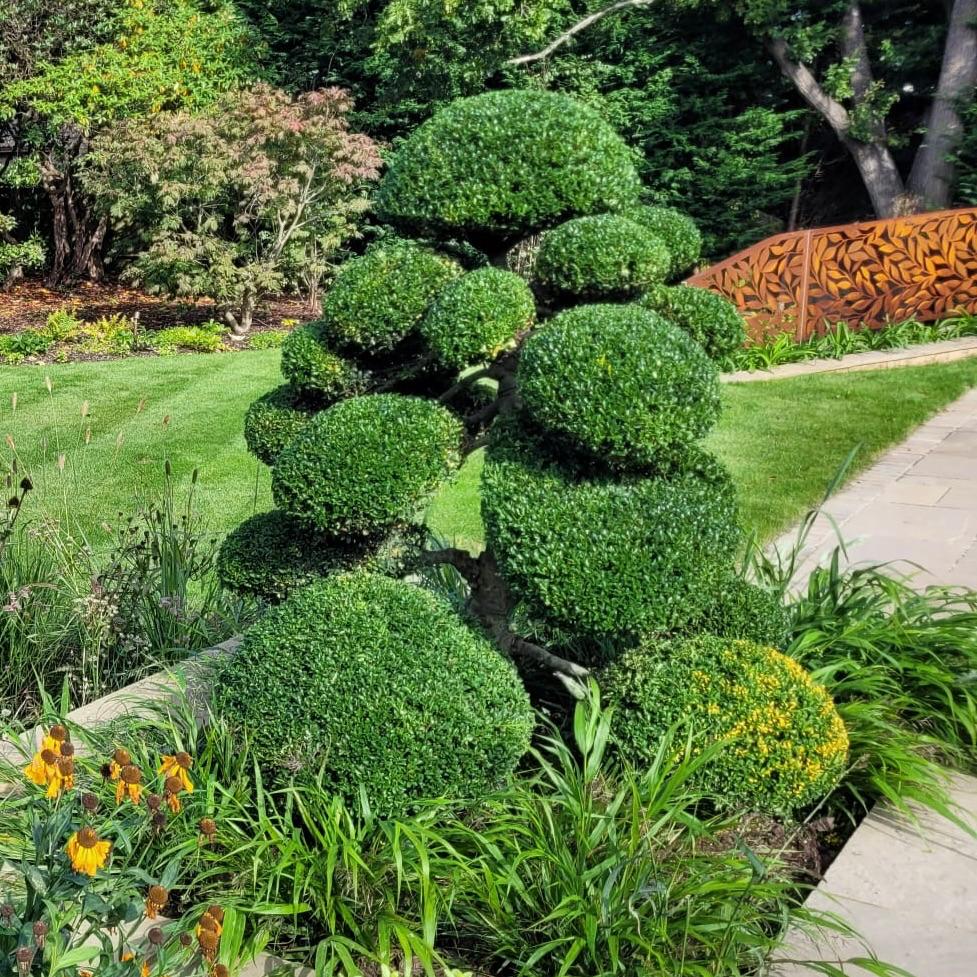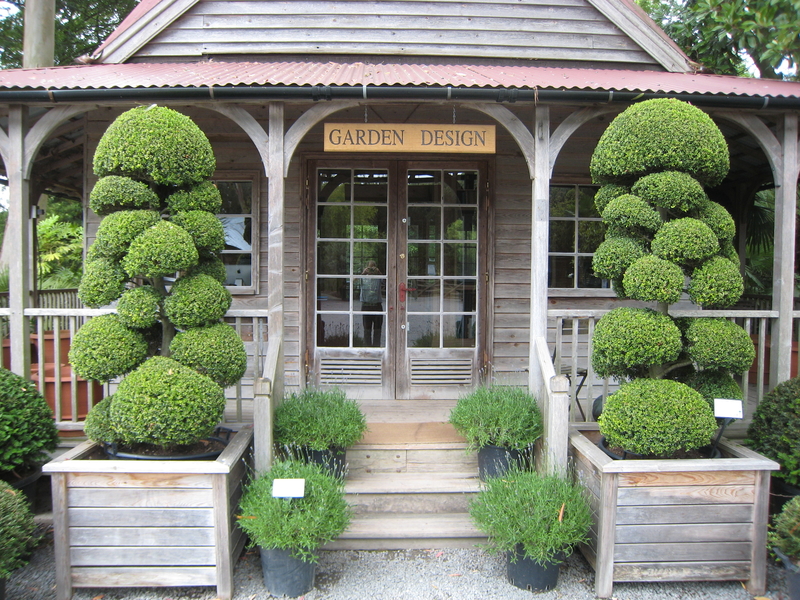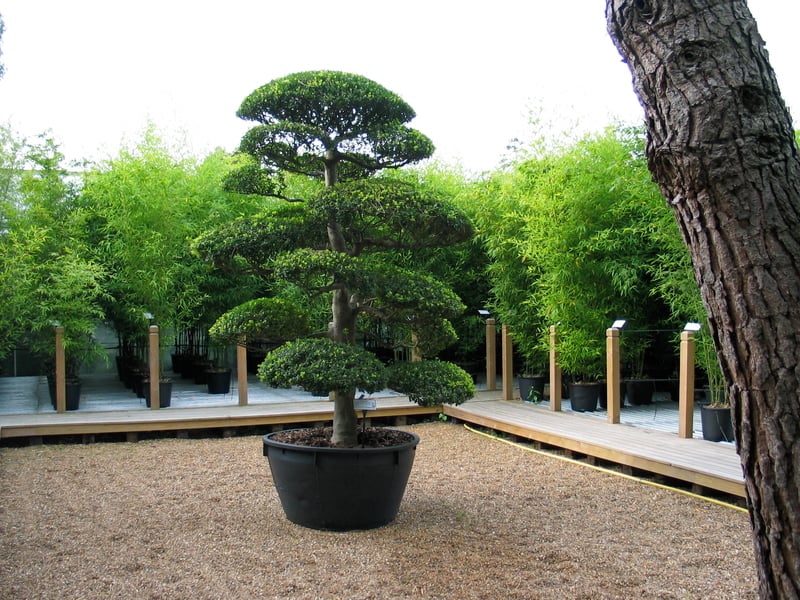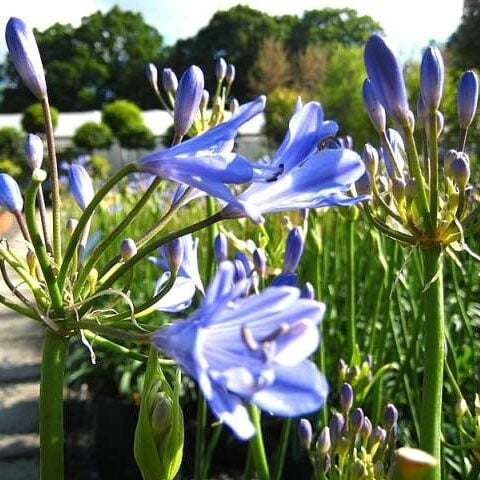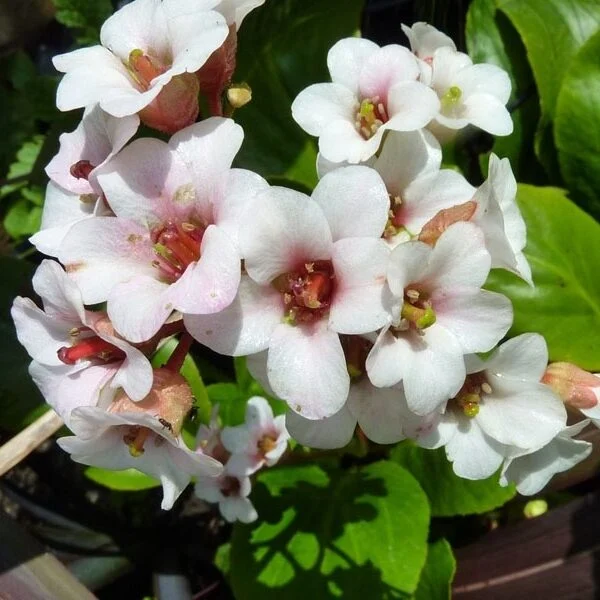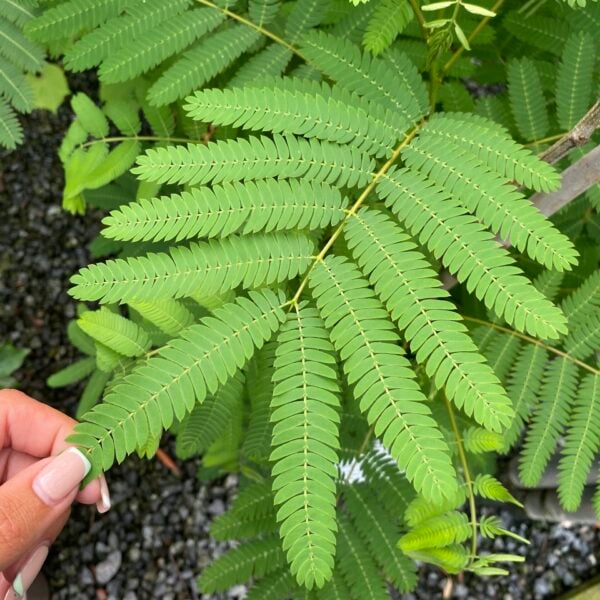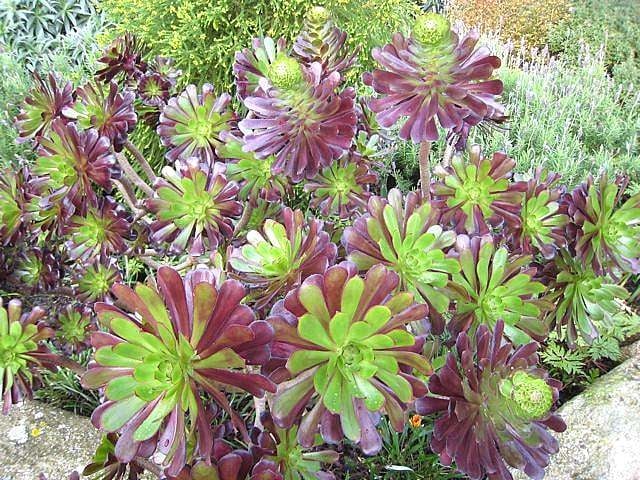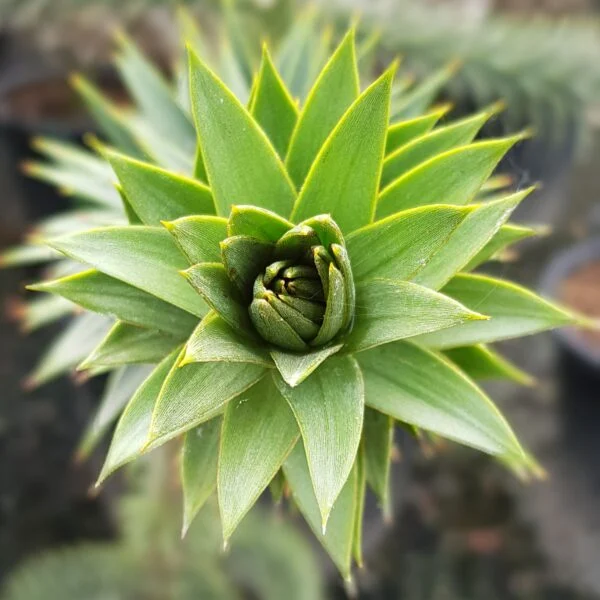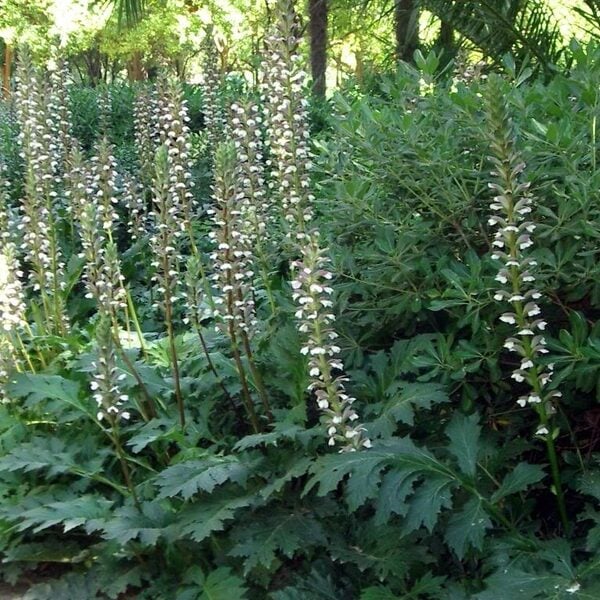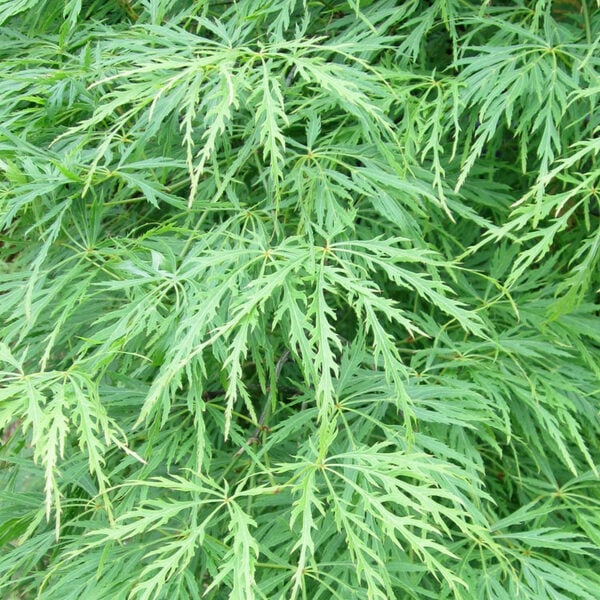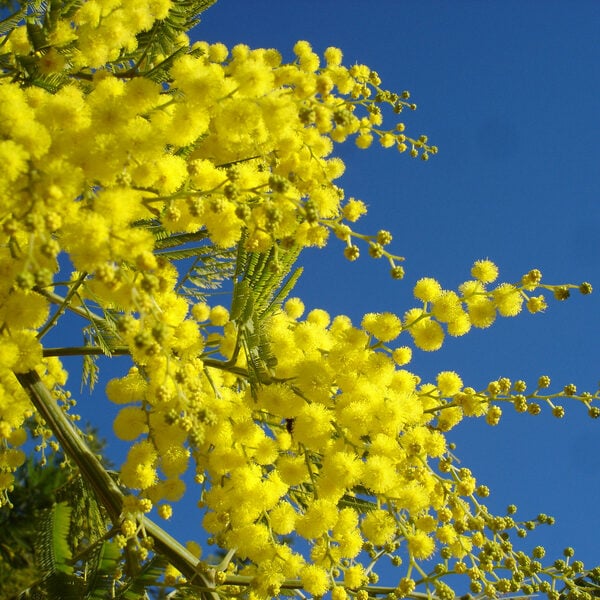Ilex crenata ‘Niwaki’ (Japanese Holly)
Japanese Holly clipped into Niwaki (‘Garden Tree’ as opposed to Bonsai meaning ‘Pot Plant’) and grown in Japan. Often grown in containers but best in the ground. Please contact us for stock availability and sizes.

Hardiness level Green
When Jake Hobson joined A.P. around the turn of the century, his oriental gardening experience was quickly put to use. The idea of growing our own Niwaki - rather than continuing to import from Japan - was highly appealing. But which of our many small leafed evergreen trees were suitable candidates? With little trouble, we chose the two obvious ones - Phillyrea latifolia (for it's incredible toughness and dense, dark green foliage) and Myrtus apiculata (for it's beautiful bark, fragrant white flowers, colourful new growth and it's ability to take any amount of clipping). We made that decision in about 1998 and have stuck with it ever since. The only addition being the occasional Podocarpus salignus.
Niwaki is Japanese for 'garden tree'. Bonsai is Japanese for 'pot plant'. The implication is obvious. Niwaki are meant to go in the ground. The Japanese passion for miniaturisation is behind the idea. Look at well manicured pine trees (in particular), shrink them and give them even more definition than nature intended and you have Niwaki.
The Phillyrea can be grown anywhere with adequate light whereas the Myrtus needs shelter from cold winds. It's a characteristic of of some of our beloved Patagonian evergreens that although they seem to be able to tolerate very low temperatures, if the ground is frozen and the wind blows from the north or east (as it will if the ground is frozen), the plants will suffer due to dehydration - the ground's frozen and they can't transpire. If they're sheltered from cold wind, the transpiration rate will be much less and therefore is not a problem.
Whether the plant has been damaged by frost or dehydration is therefore a moot and pretty irrelevant point.
The Phillyrea Niwaki can be grown in tremendously cold and exposed spots in any but the most water-logged soil whereas the Myrtus is better in a protected, urban, courtyard sort of garden. We make a distinction between 'landscape' plants (can be admired from a distance) and plants to be admired from close quarters because they have coloured foliage, flowers, attractive bark etc that can only be appreciated from close up. We've dithered about Podocarpus for years but we produced lots for the 2016 season and they all sold immediately so we'll carry on with that one too.
We will also continue to bring in a limited number of pukka Japanese Niwaki from Ilex crenata (Japanese Holly) and Taxus cuspidata (Japanese Yew). We've done the Ilex crenata for many years mostly untroubled but it is necessary to keep an eye on fungal problems - to stand by with fungicide (medicine) and a sharp pair of secateurs (surgery). The Japanese Yew is almost indistinguishable from our native Yew and seems particularly happy in our climate. Unfortunately, there's a tradition in Japan to grow the Taxus Niwaki bigger - and therefore more expensive - than the Ilex crenata. Reliable but pricey. Nice though.
As with all topiary, the more often you clip the plant, the thicker the foliage and the higher the definition. Because demand outstrips supply of our home grown Niwaki, we often sell them before they're what a Japanese nurseryman would consider finished. No matter. We've done the difficult bit (create the shape) and so the customer can finish it off - merely by frequent clipping and they can watch it getting thicker and thicker.
When clipping any plants, have a bucket of dilute bleach (a spoonful in a bucket) by your side. Every few minutes stick the tool (shears, secateurs, whatever you use) in the bucket. The bleach will kill fungal spores which otherwise you might be spreading on the tool from one plant to another. Good practice. Good husbandry. On the nursery this practice is compulsory because we know it works.
The Phillyrea latifolia are propagated by us from cutting from a tree that once stood in the garden of Sedgewick Park in West Sussex. Sadly, lost in the Burns Night storm of 1991. The Myrtus apiculata are propagated by us from cuttings from a tree growing in the grounds of South Lodge Hotel in West Sussex and the Podocarpus salignus are grown from seed from our own trees in Sussex which were grown originally from cuttings from a tree growing also in the grounds of what is now South Lodge Hotel. A tree of such exotic and immaculate beauty that its discovery was a seminal occasion in the genesis of Architectural Plants. The Niwaki from Japan (Taxus cuspidata and Ilex crenata) are often produced by trees being cut down, being dug out of the ground, replanted in the nursery and then trained into a Niwaki. It's quicker that way and it's the tradition in Japan - mostly because the tree will grow quicker if it has a large existing root on it.
N.B. When clipping several plants with the same tool, have a bucket containing a 5% bleach solution and swish your blades around for 30 seconds between plants to sterilise them. This will help avoid the chance of cross contamination of disease.
As with all woody plants, plant high, exposing as much of the taper at the base of the trunk as possible. Allowing soil to accumulate round the base of a tree can be fatal. Keep very well watered when first planted.
Additional Information |
|
|---|---|
| Soil Type | |
| Light | |
| Plant Type | |
| Continent of Origin | |
| Specialist Plants | |
| Tree Size | |
| Situation | Coastal, Mild City Gardens, Plants for Pots, Sheltered Garden |
| Hardiness | |






